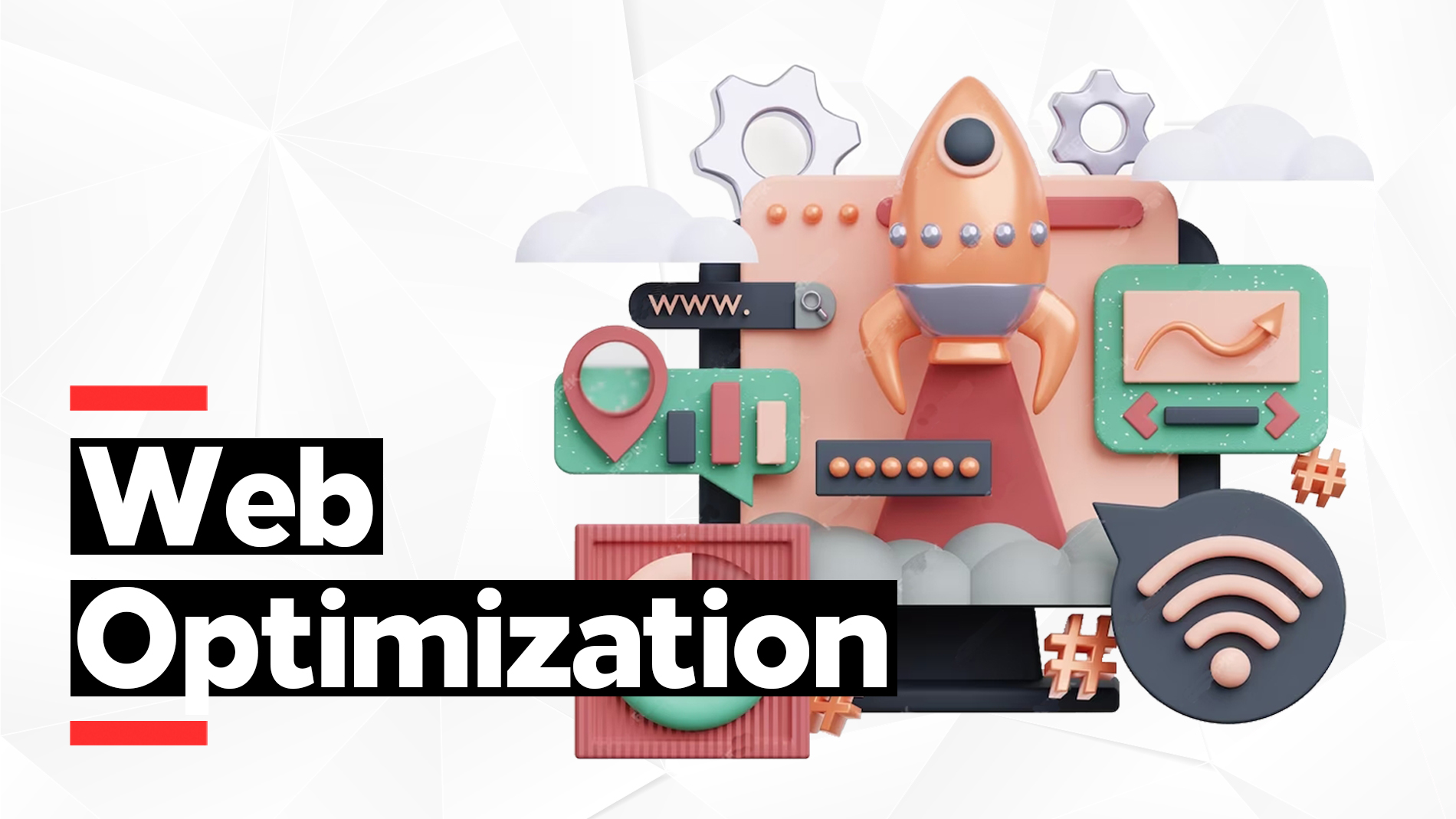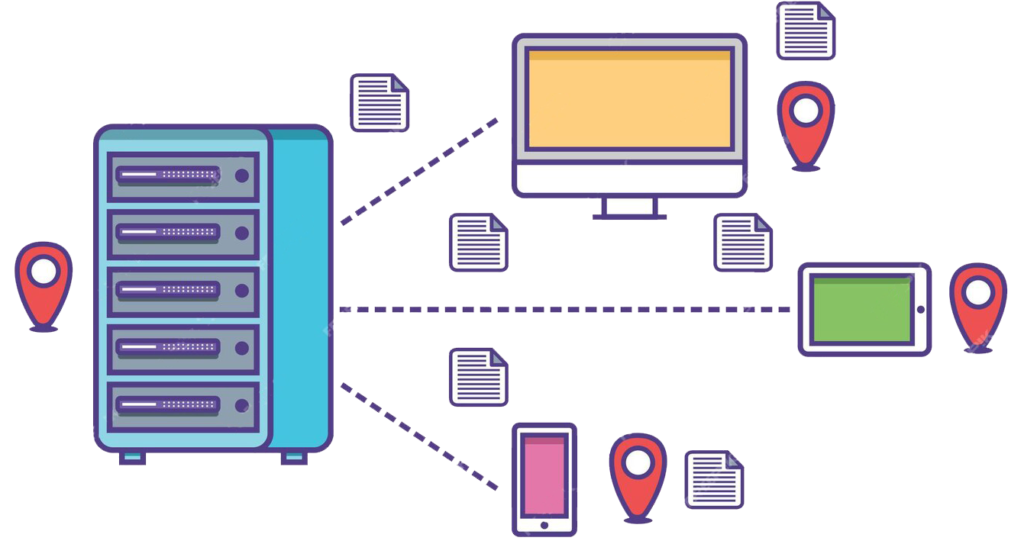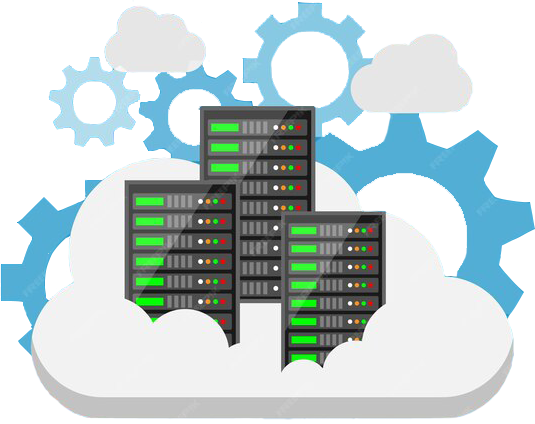The loading speed of a website is a crucial factor in user experience and search engine ranking. Optimal performance not only ensures visitor satisfaction but also improves visibility in search results. In this article, we’ll explore seven essential tips to speed up your website’s loading speed and optimize its performance.
Importance of Loading Speed on your Website
Loading speed not only affects user retention, but also influences search engine rankings. A slow website can drive away visitors and negatively affect SEO.
Key Tips to Optimize Loading Speed
1. Image Optimization
Image compression is essential to reduce loading time. Use tools like TinyPNG to compress images without compromising quality.
Use WebP and JPEG formats
Opt for more efficient image formats, such as WebP and JPEG, as they offer excellent quality with smaller file sizes. This not only improves loading speed but also optimizes the viewing experience for users.
2. Minimization of CSS and JavaScript Codes
Remove unnecessary whitespace and comments from your CSS and JavaScript files. Use tools like UglifyJS to minimize code and reduce loading time. By removing unnecessary whitespace and comments, you can significantly reduce the size of these files.
3. Browser Cache Implementation
Properly configure browser caching policies to allow resources to be stored locally on the user’s device. This reduces the burden on subsequent visits.
Define Effective Cache Headers
Properly configure cache headers for different file types. Setting a smart caching policy allows users to load pages faster by preventing downloading resources that haven’t changed since their last visit.
4. Use of a Content Delivery Network (CDN)
A CDN distributes your content across global servers, accelerating the delivery of data to users around the world. This improves loading speed by reducing the physical distance between the user and the server. This approach not only optimizes the loading speed, but also relieves the workload of the main server.
5. Opt for Fast and Reliable Hosting
The choice of hosting provider is essential. Opt for a reliable and fast service that can handle traffic spikes without compromising loading speed.
6. Enabling Gzip Compression
Gzip compression reduces the size of files before they are transferred, significantly speeding up upload speeds. Make sure this option is enabled on your server. Be sure to incorporate this practice into your server configuration to take full advantage of its benefits in terms of performance and user experience.
7. Reduction of Redirects and HTTP Requests
Every redirect and HTTP request adds loading time. Minimize the number of redirects and reduce HTTP requests to optimize your site speed. This can be achieved using techniques such as combining CSS and JavaScript files.
Conclusion
Optimizing your website’s loading speed not only improves user experience but also boosts your visibility on search engines. Implement these seven key tips to ensure your site runs at maximum speed, providing your visitors with an unrivaled experience.
Optimize your site for exceptional performance!
If you are looking for the perfect team to help you develop an effective website, we are also here to help you. Also, Contact us today to learn more about our Virtual Store Design services.

















